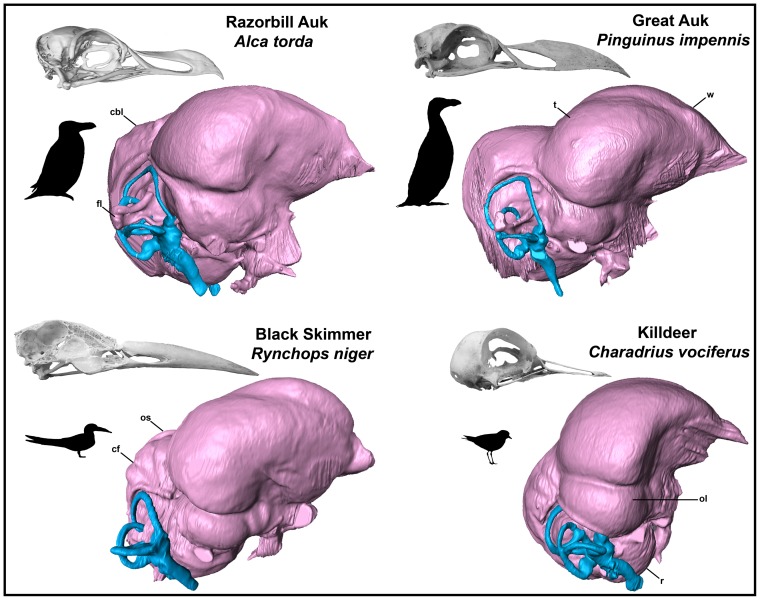Figure 16. Endocranial endocasts of the Razorbill Auk Alca torda (A), Great Auk Pinguinus impennis (B), Black Skimmer Rynchops niger (C), and Killdeer Charadrius vociferus (D) in right lateral view (not to scale for comparison).
These four endocasts illustrate the morphological differences between aquatic versus terrestrially foraging charadriiforms, between R. niger and all other charadriiforms, between wing-propelled diving pan-alcids and other charadriiforms, and between volant and flightless pan-alcids. Note the differences in the dorsal projection of the wulst, the relative size of the optic lobe as compared to the telencephalon, the relative length of the cerebellum as compared to that of the telencephalon, the relative size of floccular lobes, absence or presence of cerebellar fissures and occipital sinuses, and the difference in the relative orientation of the telencephalon, optic lobe, and rhombencephalon between Charadrius vociferus and other figured species. Note that the lateral surface of the skull of R. niger (C) has been cut away to show the position of the cranial cavity.

